What Not to Wear Your First Week of Work
Whether you are starting a new job, changing offices, or beginning an internship on the Hill, it’s important to start your new position on the right foot. While it is important to be yourself, there are some things you just should not wear the first week on the job, no matter where you are working. While the individuals who interviewed you may have seemed creative and open-minded, that doesn’t mean the rest of the office or your clients have the same opinion. Before you start showing off your sartorial chops, it’s important to get a lay of the land, and let your work speak before your clothing. Here’s some things you should hold off on wearing until you fully understand your new office culture:
Satin. Today I saw a freshly-scrubbed young woman walking from Starbucks carefully carrying two drink holders full of lattes. She looked nervous, not just because she was walking quickly with eight hot beverages, but probably because she is a new employee at a nearby firm.
While she may impress with getting all the bigwigs’ coffee orders correct, she may lose some points for her dress. Lately, there is a trend of dresses that are made to look like two pieces – what may appear to be a button-down shirt and belted pencil skirt is actually one garment. She was wearing one of these, a black high-waisted pencil skirt with wide patent-leather belt, and a hot pink satin blouse with rhinestone buttons and puffed sleeves. She looked like a cocktail waitress, even with her scuffed faux Tory Burch flats.
If this dress had a cotton or even silk top, it would have been far more acceptable. However, satin catches the light in a manner than no other fabric can replicate – maybe that’s why it is the fabric preferred by dancers, prom attendees, and pageant queens. True Fashionistas may know how to make satin appropriate for the workplace, but the rest of us should leave such a fabric for After Five.
Patterned Hosiery. This is a travesty I see on a regular basis. A woman in a conservative suit and classic shoes decides to jazz up her ensemble with a pair of black lace tights. I understand the thought process behind this – patterned and textured hosiery has come back en vogue and it’s a budget-friendly and dress-code friendly way to add personality, femininity, or trends to your boring work suit. The problem is that such hose creates the same effect as satin – it cheapens the look and stands out in a non-professional manner.
Again, True Fashionistas will know how to make such hosiery work for the office, and there is many the tutorial on how to make textured tights workplace-friendly. However, don’t try this the first week of your job – get a lay of the land, and have the uptight conservative CEO get to understand you and your role before you flash the lacy gams his way.
Denim. I don’t care if your new job’s dress code says denim is fine, it’s not a good idea to wear as the newbie. As an old supervisor told me and I still believe – dress for the job you want, not the job you have. Even if the president of the corporation shows up in jeans and a golf shirt, find business casual outfits that don’t include dungarees. Cropped twill pants, regular trousers with a knit top, a simple cotton dress with cardigan and sandals – these are casual ensembles that won’t have you sticking out like a sore thumb yet show you’re serious about your position.
Short Skirts with Opaque Tights. A pair of super-thick black tights does not make that micro-mini Modcloth frock more work-appropriate. You still end up looking like Zooey Deschanel (who may be adorkable, but doesn’t dress for the corporate world). We’ll still see that curve of your thighs that some may find alluring, but shouldn’t see the light of day in an office. I’m not saying wear the dress sans tights – instead keep the dress in the closet and wear it to the next party or concert on your schedule.
Black Bra with Anything But Black (or a super-dark color). In the light of your bedroom, you may not see your black bra under your red blouse, but once you are under the fluorescent lights of an office, your lingerie is out for all the world to see. Fashionistas may purposely rock the contrast bra, but that doesn’t mean the CFO knows about this trend. Visible lingerie in Corporate America is a no-no; invest in a skin-colored smooth bra that will be invisible even under knits and lighter-weight blouses.
Trendy Makeup Colors. Neons are hot, orange has come back en vogue, and thanks to Jenna Lyons everyone (myself included) is wearing NARS Heatwave on their lips. However, such colors should be kept off your face until you are established at your workplace and understand it’s unique culture. Stick to subtle shades and neutrals – soft pinks, mauves, and browns are best not just for your lips but your entire face. Once they know you and you know them, you will know if it’s okay to wear Tangerine Tango lips or teal lids.
Sexy Shoes. Platform stilettos, caged sandals, sky-high wedges, anything metallic… such shoes will not make the best first impression at standard places of work. Stick to shoes with classically-shaped heels and toeboxes, day-friendly finishes (leather, patent in a subtle color, snakeskin), and standard silhouettes until you get to know the company and its higher-ups better.
Final Tips:
- As I mentioned before – dress for the job you want, not the job you have
- Consider not just your direct supervisor, but also the upper management – not only how they dress but how do the people below them that they respect dress.
- Remember you are a representation of your company. Even if you don’t meet with clients, they may pass you in the hall as they head to a conference room, see you in the restroom, or even share an elevator with you.
- If you’re unsure, leave it on the hanger. Better to start off a new job in a conservative manner than to shock people with your fashion sense.
- Fit is more important than style or fashion. A well-fitting 10-year old suit makes a better impression than a too-tight or too-long trendy suit bought last week.

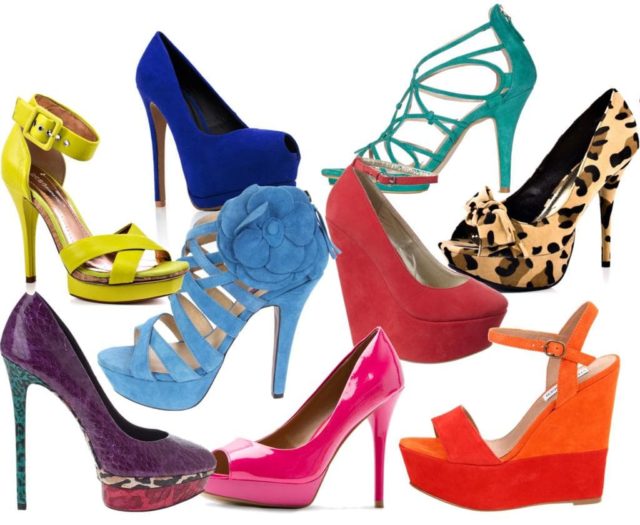

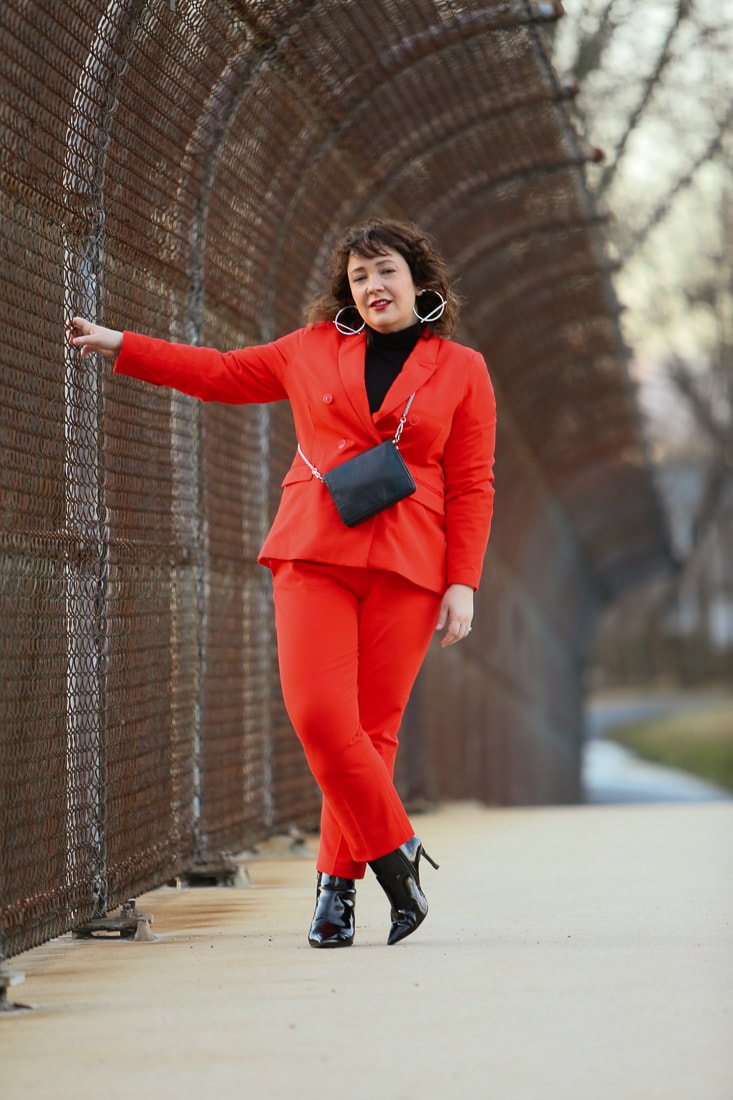
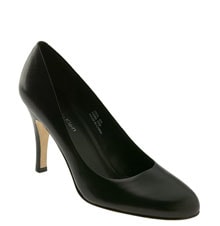
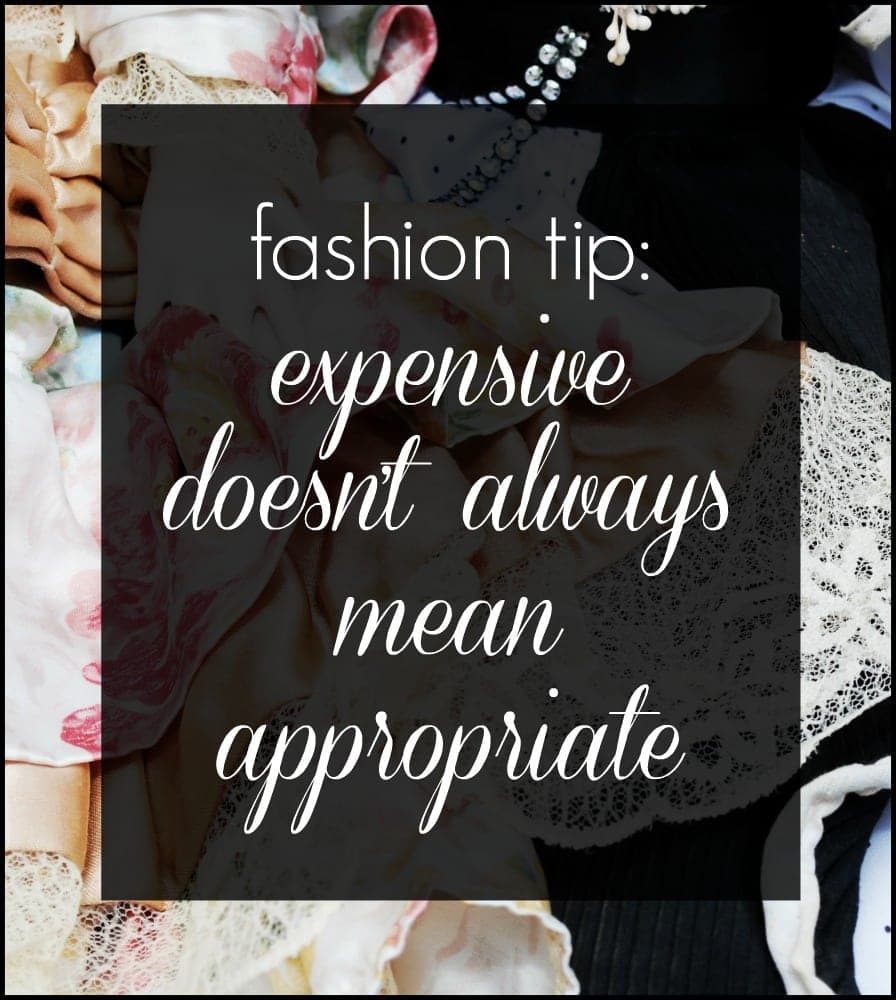
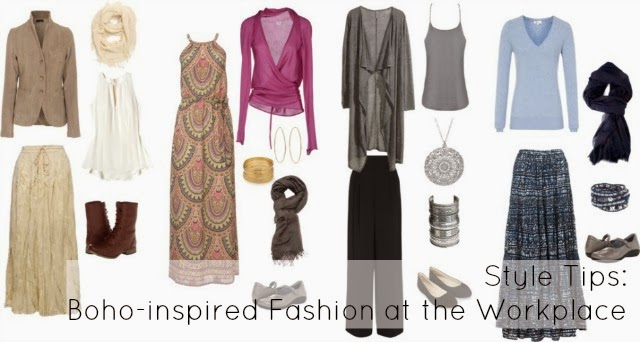


Are items that have structured drape, and details such a as folds and pin tucks ok? Is flowing fabric ok? for the most formal interview case scenario, for example. Provided that the fabric is not sheer and the colour scheme is acceptable? (eg all black or black and white)
I find it that my bust and shoulders look frumpy and ill fitting in straight and stiff items, because they are really close in measurements. (narrowish shoulders and bigger bust) I find it really hard to find fitting business suits- I either have to size or bear with my boobs being squashed by the garment.
I have recently discovered that garments that create an oval shape impression, or have some drape work the best. So a pussy bow blouse, rather than a stiff dress shirt, or a blouse that has gathers at the neck and flows down smoothly around my torso, and then is tucked into a pencil shirt.
If this is not appropriate.. . what is your advice for someone who looks bad in straight and stiff items, , and struggles to find stiffer fitted items in their size, because of bust/waist difference being quite big. For example tea dresses can fit great; but a shift one would be difficult.
Someone who wants to maintain a modest and professional look.
I think such details are acceptable, as long as it is still polished. Like the pussy bow you used as an example, I think that is totally appropriate!
This advice is spot on! I’d say that satin is really never office-appropriate. I just can’t see any way to style it so that it doesn’t look cheap. Actually it’s more that I just don’t like satin at all, and think it shouldn’t be worn by anyone ever. 😉
I think it is good for an on stage magic show.
wow. This is DEAD ON accurate. I’d even go a step further and say, “THESE RULES APPLY WHETHER YOU ARE ON YOUR FIRST WEEK OR YOUR 87TH WEEK.” (Except the denim, if denim is allowed at your workplace) Just…don’t, please DON’t wear the neon colored skinny jeans, the 6″ platform wedges, the patterened tights…it just is NOT appropriate. Save it for after 5. Or you won’t get taken seriously.
Gals, take this advice. There are other blogs out there who will swear up and down that it’s okay to wear tight purple jeans to the office. It’s NOT.
<3 (hope that shows up like a heart!) 🙂
Lol, I thought about your post after I left my comment last night, mainly because it made me really stop and think about my own looks. I observed what people were wearing at work today and after seeing the head turning, eyebrow raising, no she didn’t, orange track suit that passed as a casual outfit today and reading your response to my comment above I will amend my comment above with the following, “You are right!” I don’t even want to imagine what the people in the building must be thinking. One love.
I think you’re missing the point of this post. If I felt those things weren’t work appropriate ever, I personally would be in a lot of trouble at my job! 🙂 The first week or so of a job, before you know the office culture and clients, I think passing on these certain items is important. While a 20-something or even aware 70-something may find such pieces appropriate, a higher-up who isn’t as fashion aware may remember when such clothing choices were only associated with evening, theater, or other non-corporate situations. I think neither a pointy stiletto nor a chunky platform is the best choice when you are new to a company and haven’t had a time to test the waters and get to know its culture.
How did you know about my new job? I did wear denim this week only because they specifically told us to for a work day but I never would without that explicit instruction. I think dressing (and working) like you have something to prove in week 1 is important. People are trying to learn your name and decide what kind of co-worker and employee you are and you want to stand out for your personality, knowledge, and skill- not a bad wardrobe decision.
When I started in the workforce out of college, a suit was required. By the time I left my first position the dress code was corporate casual and corporate casual is the accepted dress code for most organizations today. I did a 3 month stint at another firm last year where they had a 2,000 page dress code and an enforcer. Their dress code was stifling and unbearable and I realized quickly that the people were the same. I bolted back to my old firm where the dress code can be summed up in probably one sentence “Flip flops, shorts, mini skirts, or anything that has an offensive message is not allowed.” The rest, is left to our own discretion and as a creative person I’m grateful for this. However, just because our dress code isn’t overbearing it doesn’t mean that we are short of processes, technology or talented people. Our annual rankings and the growth of our firm speaks volumes to that. That said, I agree that satin, patterned stockings, lace (you forgot that one) and trendy makeup is not appropriate for an office environment. However, I have worn platforms to the office (green mint ones that have a normal, heel, not pointy, pole dancer ones). As far as appropriateness, why should a platform with a square heel be considered as inappropriate but a pointy stilleto heel can pass? Anyways, that’s my two cents.
Such excellent advice! I need to take some of this myself! :O
Wonderful post! I shake my head at must of what is billed as “workwear” lately (though I’m sure I haven’t been the best decisionmaker myself at times, either). This is a great guide for well beyond the first week!
I’d like to add that it is probably better to hide multiple tattoos, at least at first. I work at an office that has a very casual dress code. But even here, the new girl who works in the front office and daily deals with the public, was asked to wear long sleeves to cover up all her tattoos.
Your artwork on your body may have been done by a top notch artist but it is often not appreciated in the work environment!
Chris
It’s hard because fashion right now is so out there, and budget-friendly brands make things that LOOK like career wear but really aren’t quite right. How is one to know with all these confusing messages at the mall? Below this post are hyperlinks that say things like “what to wear in an office setting” – if you click on them they go to every other post I have on the blog on this subject. I hope it helps and do know that you are not the only one this has happened to. 🙂 Best of luck with your new job! 🙂
Thanks for posting this, I’m 24 and just started as a admin in a big office and no matter how fashionable I like to be, I thought I had toned it down for work, but obviously I hadn’t. Another new employee (same age) and myself have both received copies of the dress code, it was so embarassing.
OMG – I want to print this out multiple times and hand it to every young woman I see at work who dresses this way…ALL AT ONCE. And to my cousin who doesn’t understand why adults don’t appreciate when she dresses this way for family events. THANK YOU! 🙂
I see far too many of the shoes especially in the office, and women who don’t seem to understand the difference between dressing for work and dressing for clubbing.
This is a great post Alison! It amazes me how many people think platform heels are appropriate in an office/corporate environment. And I mean 1-2 inch platforms even in a basic black leather. This post needs to be shared, shared, and shared again! 😉
What a great post! A young woman who just finished college recently started as an admin in my office, and sometimes I see her clothes and I cringe a little. If only I could somehow direct her here!